|
Yokosuka Ohka MXY7-K1 KAI (two seats)
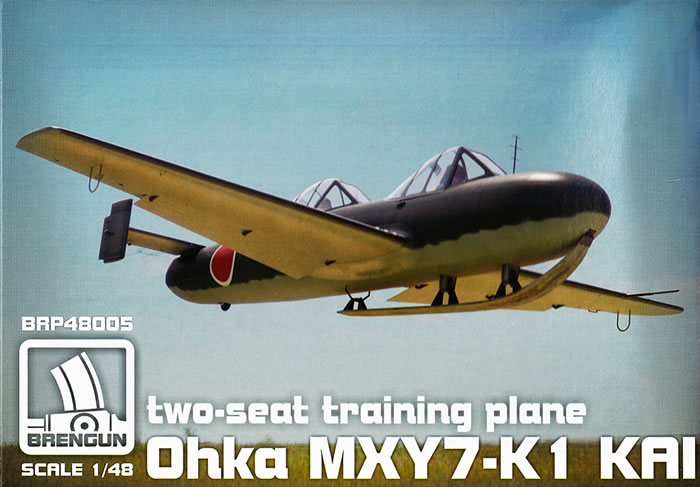
Brengun, 1/48 scale
S u m m a r y : |
Catalogue Number: |
Brengun Kit No. BRP48005 Yokosuka Ohka MXY7-K1 KAI (two seats) |
Scale: |
1/48 |
Contents & Media |
Two grey injected moulded sprues (48 parts), a clear sprue (2 parts), 1 resin part, decals and A5 folded instructions. |
Price: |
14.90€ plus shipping available online from Brengun
GBP£13.40 EU/ £11.17 Export Price/USD$16.70 plus shipping available online from Hannants
and hobby retailers worldwide
Click here for currency converter. |
Review Type: |
First Look. |
Advantages: |
Brengun offer some unusual subjects and the Japanese Ohka Kai 2 seater is one of these. Simple construction, reasonable detail. |
Disadvantages: |
There is some flash to deal with and larger sprue gates to clean up. |
Conclusions: |
Brengun continue to give us more options in 1/48 scale and this Ohka 2 seat Trainer is a good option that fills a hole in the 48th scale Japanese subjects. |
Reviewed by David Couche

Eduard's 1/72 Avia B.534 IV serie Weekend Edition is available online from Squadron.com
The Yokosuka MXY-7 Ohka “cherry blossom” was a purpose-built, rocket-powered human-guided kamikaze attack aircraft employed by Japan against Allied ships towards the end of World War II.
The Ohka Model 22 suicide attacker, powered by a Ishikawajima Tsu-11 thermo-jet engine with reduced span wings and 600 kg (1,300 lb) warhead, to be carried by Yokosuka P1Y1 Ginga bombers. 50 built by the First Naval Air Technical Arsenal were never used.
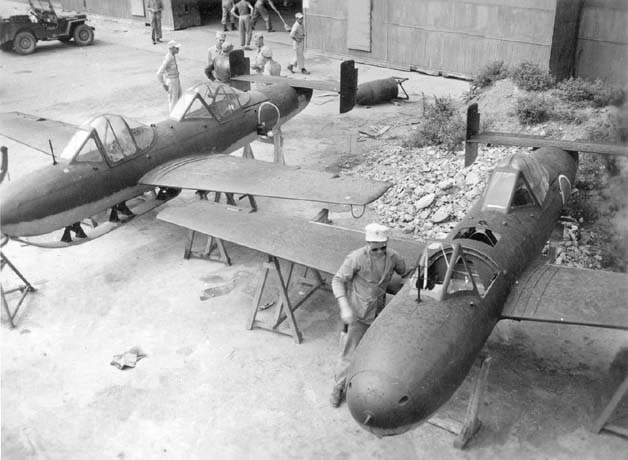
Near the end of World War II, Vice Admiral Onishi Takijiro recommended that the Japanese navy form special groups of men and aircraft to attack the American warships gathering to conduct amphibious landings in the Philippines. The Japanese used the word Tokko-tai (Special Attack) to describe these units. To the Allies, they became known as the kamikaze. By war's end, some 5,000 pilots died making Tokko attacks.
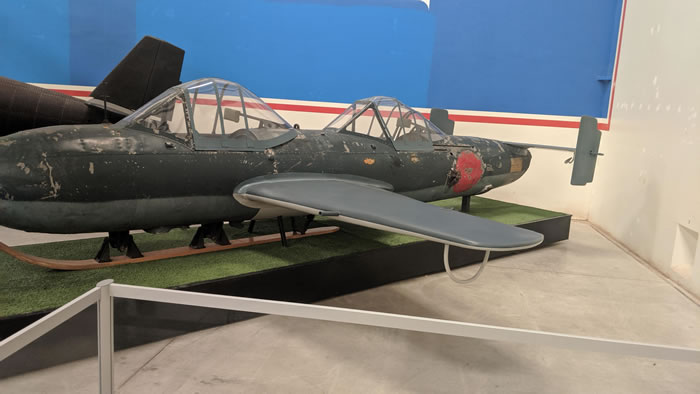
The Ohka (Cherry Blossom) Model 22 was designed to allow a pilot with minimal training to drop from a Japanese navy bomber and guide his aircraft with its warhead at high speed into an Allied warship. Kugisho engineers developed an improved trainer, the two-seat MXY7 K-2 Ohka 43B, when they substituted a second cockpit for the warhead/ballast compartment. They gave the aircraft a landing skid, flaps, and a single rocket motor of the type used in early versions of the Ohka 11. The motor extended training time in the air and allowed student pilots to practice flying the bomb with power. There is only one Ohka Kai surviving version powered by a motor-jet, which consisted of a reciprocating engine that pressurized a combustion chamber into which fuel was injected and ignited. Allied forces recovered the Ohka Kai in Japan in 1945. Many pilots were killed in learning to fly these aircraft.
Brengun have given us another interesting subject, especially for those modelling Japanese WWII aircraft. Very few of these kits have graced the shelves of model shops over the years, mainly available as expensive resin kits. Brengun have released a neat injected moulded version in their less numerous 1/48 range.
I do have one query of Brengun in that, with my interest in Japanese aircraft, my research has shown that the only 2 seat trainers were powered versions and referenced as the K2 versions. The supplied kit has an early type rocket motor as part of the kit, otherwise the tail is a rounded off blank. Maybe this kit should be labelled as a K2 version, not a K1. I’m happy to be corrected.
The kit has 2 grey sprues with 48 parts. The parts have quite reasonable detail but, as is often found with limited run kits, has some small flash to clean up before construction and some quite large sprue gates which will take some cleaning up. I believe, whilst fairly simple in parts count, some careful fitting will be required in its construction. It also supples 1 resin cast part, the tail wheel.
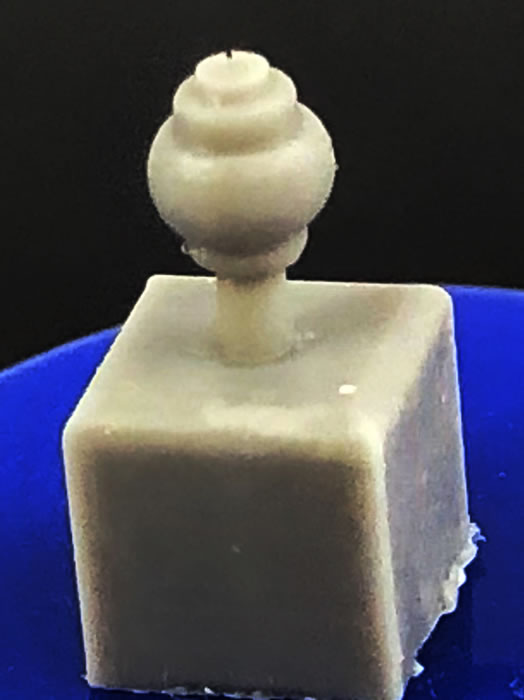
Sprue A, with 32 parts on it, has the fuselage halves, rocket engine parts, seats and instrument panels as well as the parts for the twin tail for the aircraft. Also on this sprue are the skid supports for both the fuselage and the loop supports on the outer lower wings.
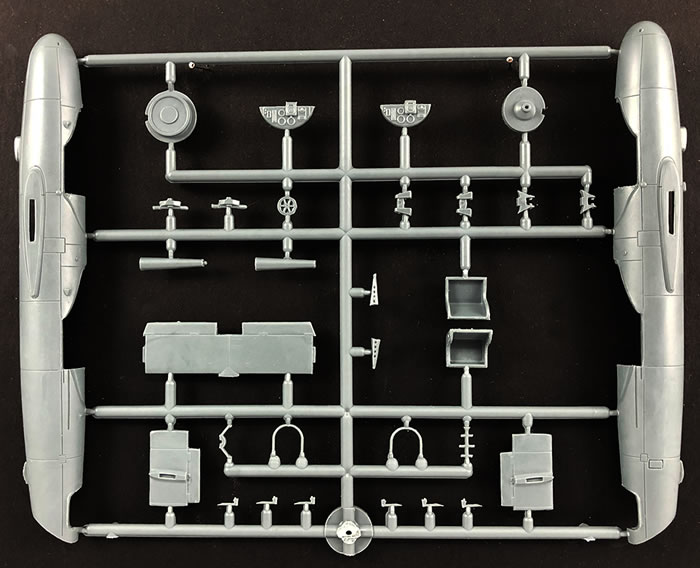
Brengun provides decals, a small sheet with only two Hinomaru for the fuselage and a data stencil for the rear of the aircraft, which appear to be in good register and not too thick.
The clear sprue provides the 2 canopies needed with lovely clear and crisply moulded parts. These should make masking fairly easy to carry out with the moulded detail.
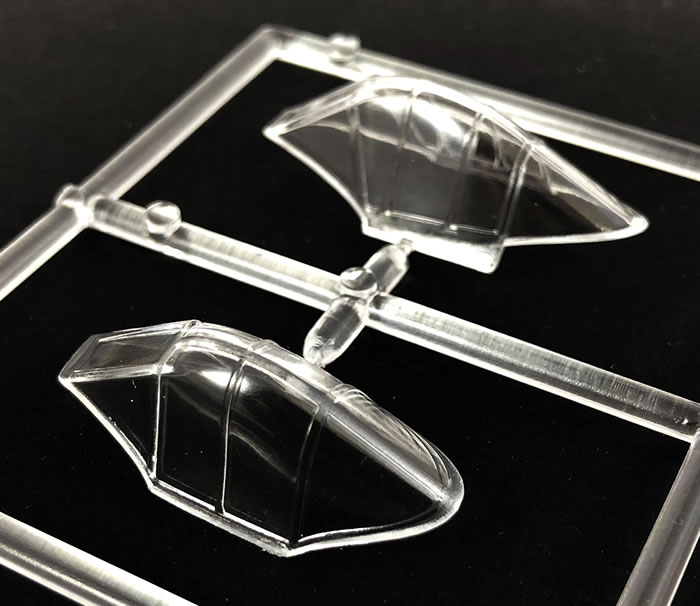
The instructions are clear and leave no doubts to the placement of all parts. There are colour call outs for interior details etc, but the list is just a list of colours, not linked to any paint manufacturer at all. I think it’s pick the nearest paint colour of your favourite brand and go from there. The back of the box provides colour profiles with accurate IJN colours to paint the Okha.
The scheme provided on the back of the box is that of the only rescued airframe that is in the Pima Air and Space Museum in Tuscon Airzona, in the picture above.
I think Brengun have hit the mark for an interesting and not often released Japanese aircraft. This kit is just crying out for a weekend build, even though it’s a 1/48 scale kit, and is easily possible if using acrylic paints or lacquers, to speed up the process. I personally, with my interesting in Japanese subjects will be doing exactly that in the near future. I would recommend this to the Japanese air modeller and to anyone wanting a quick, fairly simple build kit.
Thanks to Brengun for the review sample.
Review Text and Images Copyright © 2020 by David Couche
Page Created 22 May, 2020
Last updated
22 May, 2020
Back to HyperScale Main Page
Back to Reviews Page |
